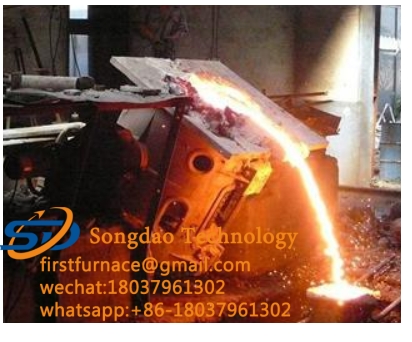- 22
- Apr
Correct operation method of metal melting furnace
This is how the master of the φούρνο τήξης μετάλλων operates the furnace
For the same metal melting furnace, the operating level is different, and the life of the furnace, working conditions, production cost, and product quality will all have big differences. How to maximize the efficiency of the equipment, the experienced master of metal melting furnace operation tells you that the correct operation should be like this:
1. Metal melting furnace installation
It should be put into the furnace charge to melt, and the temperature rises. Remove most of the oxidized slag and then add shavings and miscellaneous materials. When starting the furnace, add 2-4Kg (1-2 large shovel) lime blocks and load small pieces of scrap steel. The molten steel can be quickly formed to accelerate the melting speed. Add waste materials one by one. They must be placed along the line. Horizontal or random placement is not allowed. Large pieces and ferroalloys must be placed around the middle of the crucible. Put a thin length of material in the middle, the denser the furnace, the better, the more the magnetic field lines pass through, the faster the melting, and the energy saving. Don’t overfill it. If it goes over the top of the crucible, the heat dissipation will increase and more electricity will be used.
2. Melting in a metal melting furnace
During the melting process, do not open the fan to blow the furnace mouth violently to increase heat dissipation. Use a wooden stick to pry the charge from time to time to loosen the charge and drop sequentially. Resolutely prohibit bridging and over-oxidation. Melt 80-85%, see the slag overflowing on the furnace surface, half cover the steel material, add-shovel lime, (do not melt 80-85%, see the slag overflowing on the furnace surface, half cover the steel material, add-shovel lime, (The temperature is 1 500-1 530, when most of the alloy has been returned from the slag to the molten steel, remove the slag in time. At this time, the slag contains a high Fe content and appears black. It is too late to remove P in the slag. It’s too early, the loss of alloy is large, the water outflow rate of scrap steel is low, and the production cost is rising.

